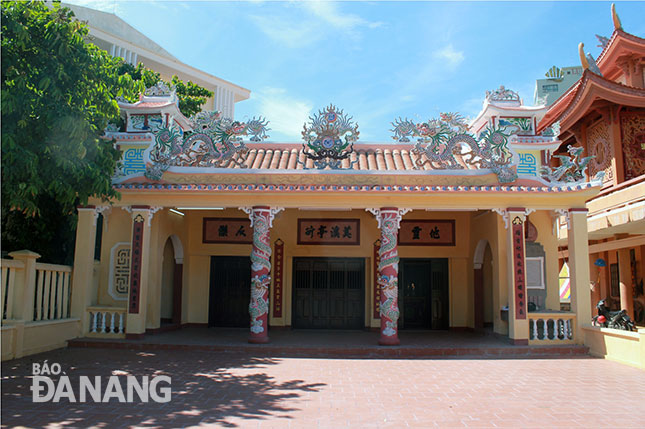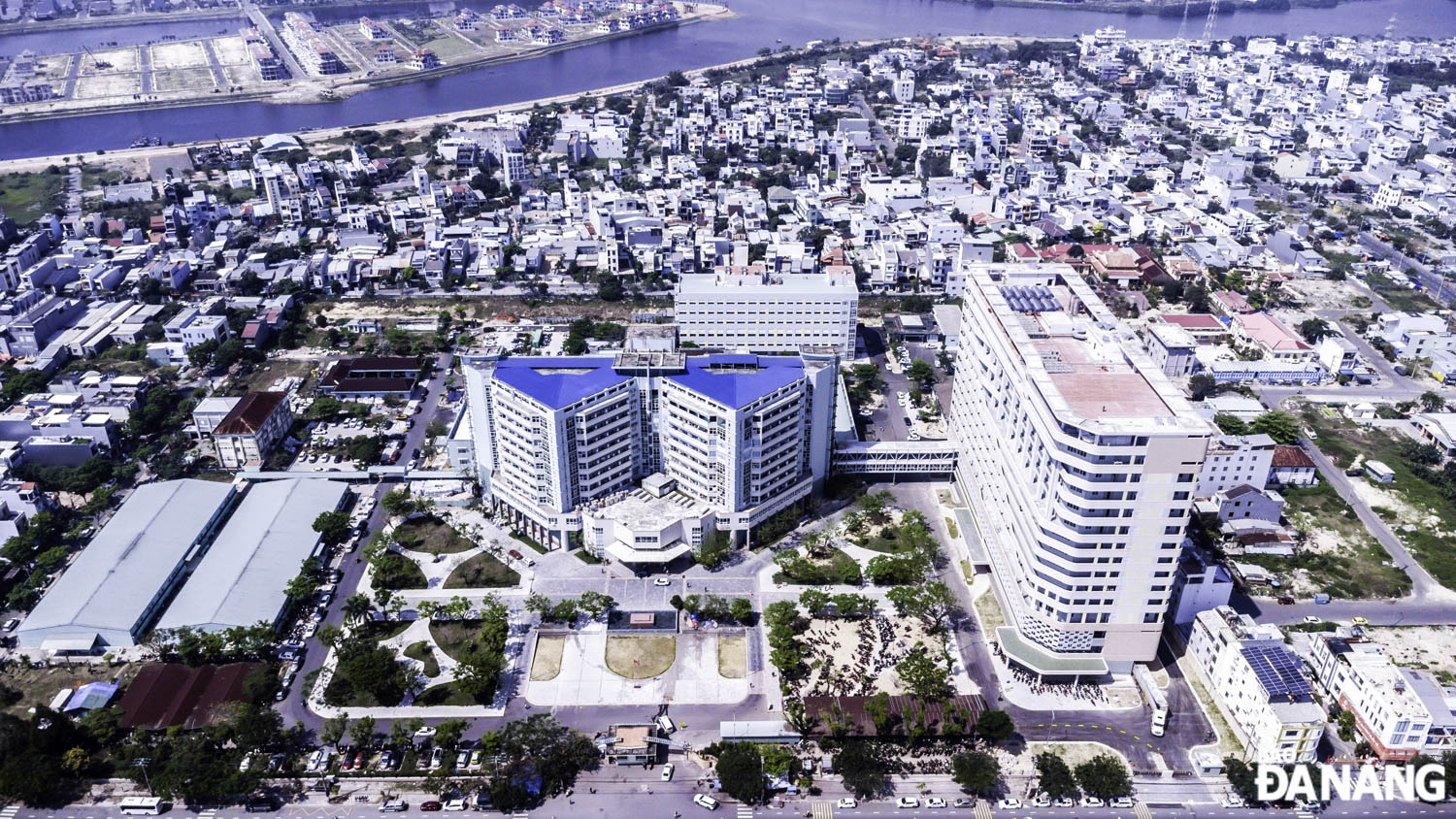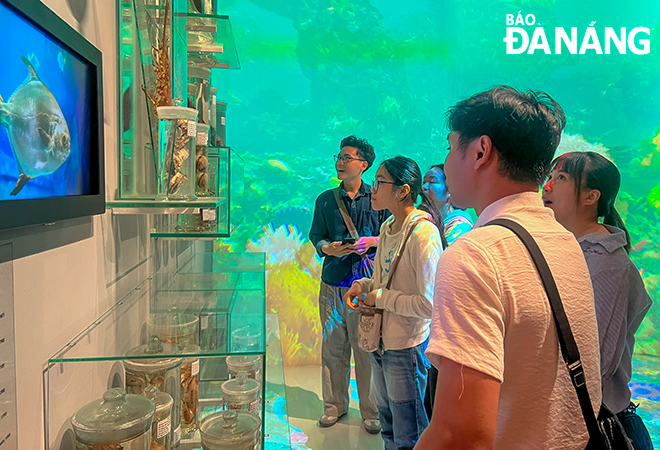Refurbished My Khe Communal House - a cultural and spiritual place
Early this month, the My Khe Communal House in Phuoc My Ward, Son Tra District, Da Nang officially reopened to the public after several months of refurbishment, which made locals feel very happy.
 |
| The restored My Khe Communal House |
The upgrade of the house has cost nearly 2.1 billion VND which was paid for from the city budget, as part of the recent ‘Conserving and Promoting the Value of Cultural Heritage in Da Nang’ project.
During the restoration process, the special architectural characteristics of this communal house have been preserved to meet the aspirations of local villagers.
The communal house once played an important role in the cultural and spiritual lives of local residents in former My Khe Commune, now known as Phuoc My Ward. Nowadays, many senior citizens here usually recall their unforgettable childhood memories of their happy times playing traditional Vietnamese folk games with their peers at the communal house. At Tet and on other special occasions, local residents usually gathered here to conduct solemn traditional rituals and enjoy ‘hat boi’ (classical Vietnamese opera) performances.
On 22 August 1945, at the house, the leaders of the former My Khe Commune Revolutionary Front appealed for local people from all walks of life to join efforts with other Vietnamese people nationwide to rise up in a revolt that overthrew feudalism and broke the chains of colonialist slavery. The national resounding victory marked the dawn of a new era of national independence and socialism.
The site’s memorial stele honours 12 clans in recognition of their outstanding devotion to the building of the house. Also, 16 royal honour-conferring diplomas from the Nguyen Dynasty are stored here.
The house is a great example of the traditional Vietnamese architectural style, with its pillars being carved with stylised floral and animal designs. The temple’s roof is decorated with 2 large dragons turning their heads and looking at each other. According to Vietnamese beliefs, dragon is one of the most sacred animals which symbolise power, intellect, longevity and nobility.
In 2005, the house was recognised as a city-level historical and cultural relic. However, in 2010, the site began seriously deteriorating due to the ravages of natural disasters and the passage of time.
Indeed, the communal house is an interesting place for those who want to learn more about the history and culture of a Vietnamese ancient village. The venue is also ideal for organising gatherings for locals to help them enjoy relaxing moments away from the hustle and bustle of the city, and uphold the community spirit.




